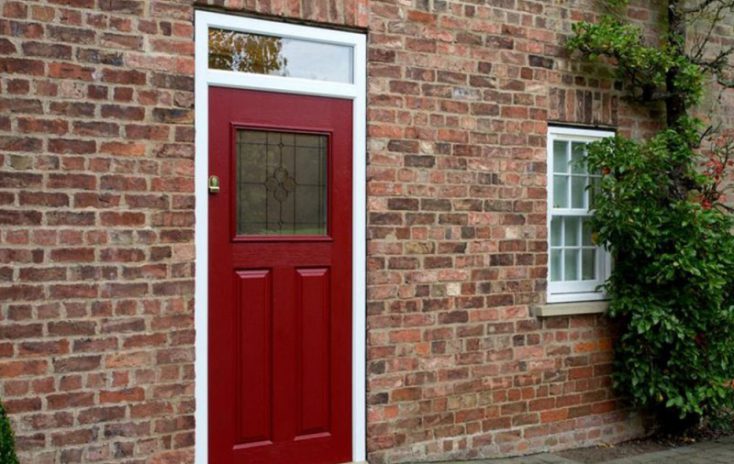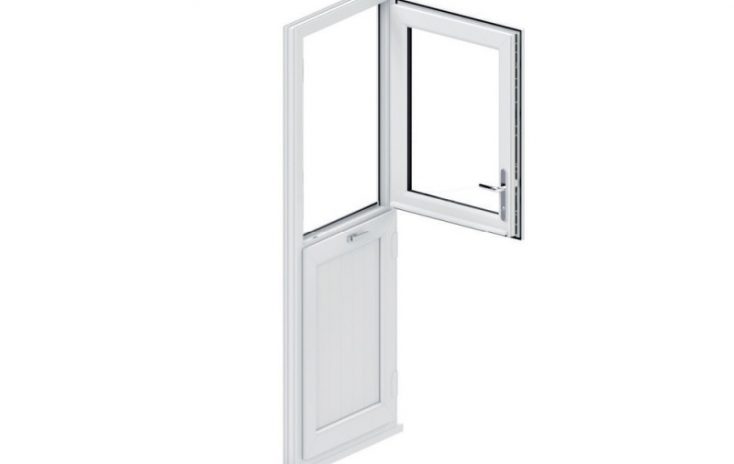The way window and door products are showcased can significantly impact sales. An effective display not only highlights the features and benefits of the products but also engages and educates potential customers, helping them visualise how these products could enhance their own projects.
Showrooms also present an ideal opportunity to showcase accessories and optional upgrades that customers may not have thought of, assisting your up-sell strategy.
Effective Showcasing Techniques
Showroom Design
Create a welcoming and well-organised showroom that allows customers to easily navigate through different product options.
Use natural lighting where possible to demonstrate the real-world appearance of your products. Where natural light isn’t feasible, look at using artificial lights with a colour temperature of 4,000-6,500K, bright lights that can provide a modern feel.
Product Demonstration
Offer live demonstrations to show the functionality, durability, and unique features of your windows and doors. Showing different styles of windows and the different ways of opening can help customers understand their options, for example.
We recommend having a pre-written script to support your product. This way you can ensure that potential customers receive the same information no matter who is presenting your products.
Highlighting innovative aspects, such as energy efficiency or security features, can address specific customer needs.
Virtual Showrooms
In today’s digital age, offering a virtual showroom can extend your reach to customers who are unable to visit in person.
One of the platforms we recommend to use is Matterport. A service that allows you to create a digital version of your showroom. This allows customers to explore different products and configurations online. Google Maps Tours are also an option.
Educational Content
Provide informative brochures next to each product, as well as showcasing accessories and furniture next to the relevant products with details on the differences.
Educating customers about the materials, manufacturing processes, and benefits helps them make informed decisions.
Customer Testimonials and Case Studies
Displaying testimonials and case studies in your showroom can build trust and provide real-life examples of how your products have been used successfully in other projects.
Not only does it provide inspiration for the customer who is looking for ideas, but it also helps to present your expertise and experience.
Importance of Staff Training
Well-informed and friendly staff can greatly enhance the customer experience.
Ensure that your team is knowledgeable about all the products, can answer questions effectively, and can guide customers through the selection process. Using hard sales tactics isn’t recommended, as it can put most people off.
As customers are browsing the showroom, it’s important to offer any assistance at certain points, or to offer additional product information. But again, don’t go over-the-top by asking if they need help continuously, as this can frustrate the customer.
Showcasing window and door products effectively requires careful planning and execution. By implementing these best practices, you can create an engaging and informative environment that helps convert browsers into buyers.



